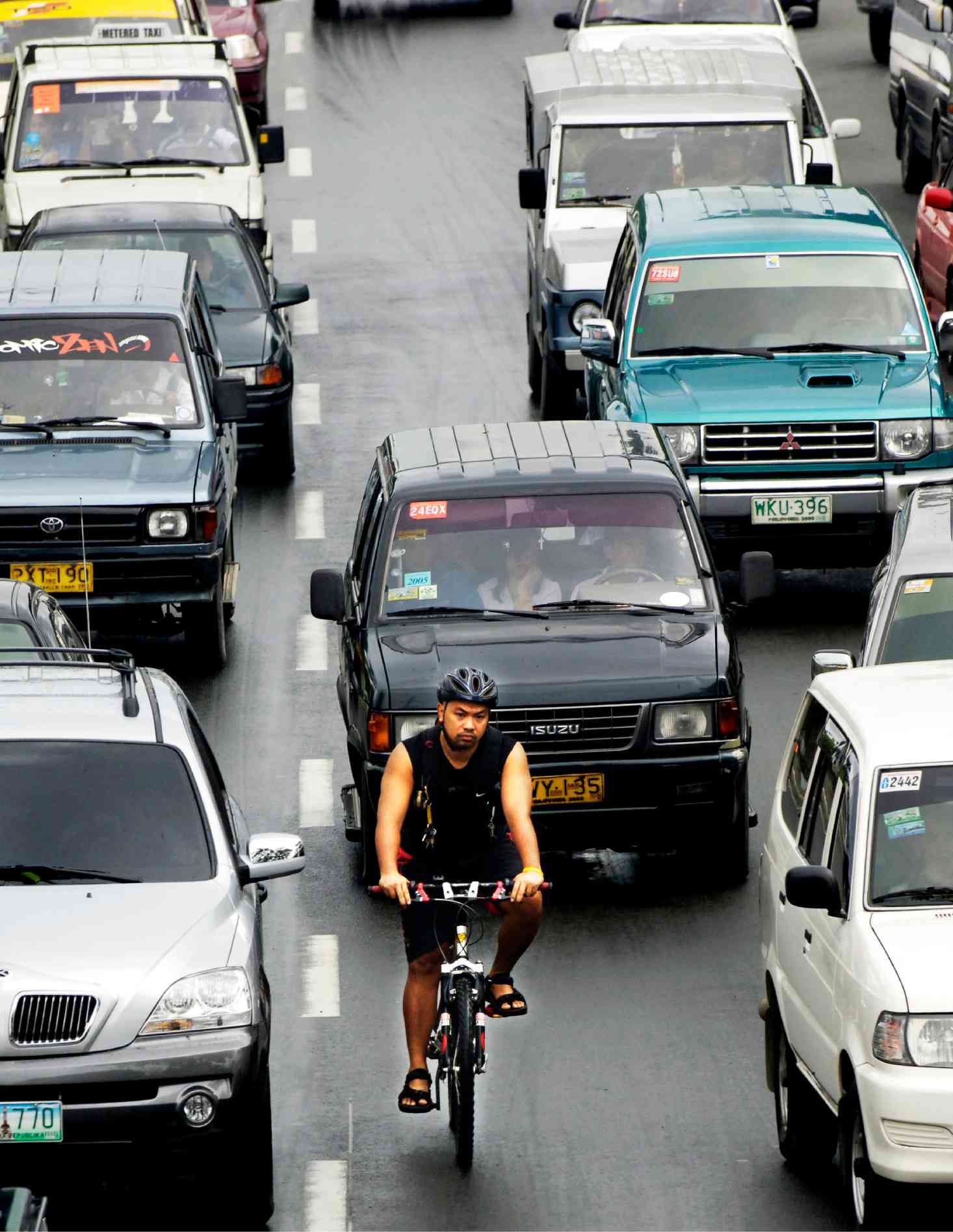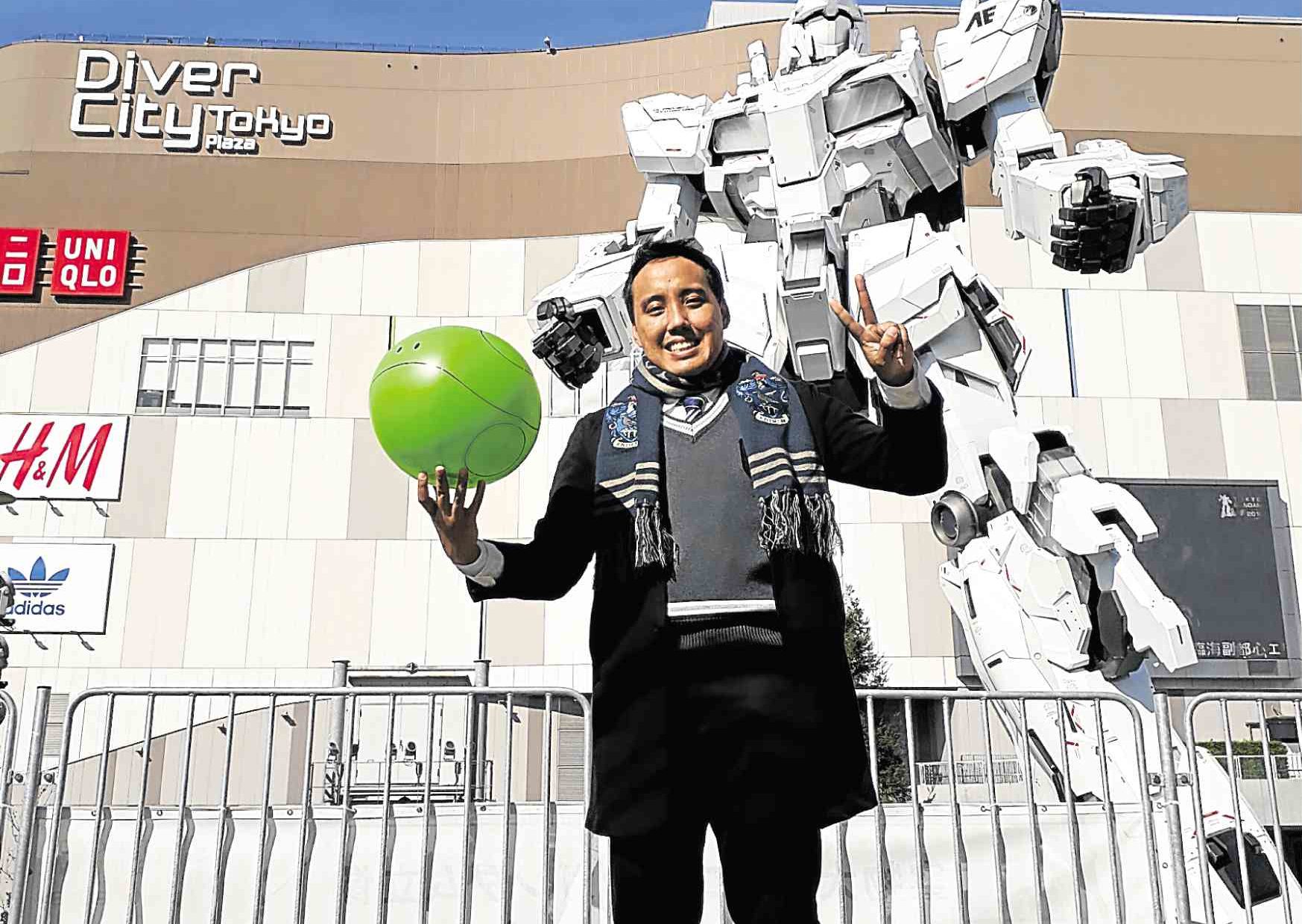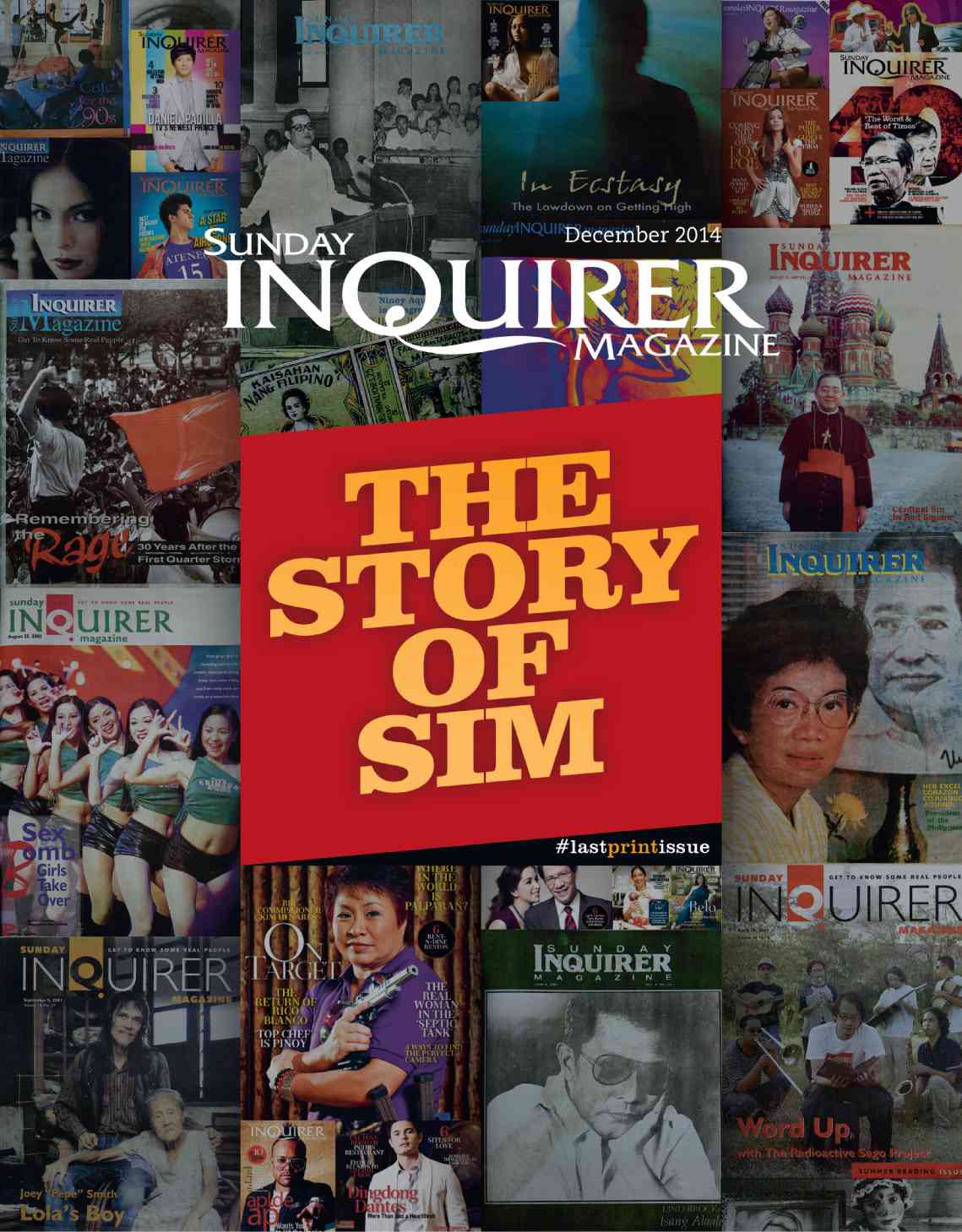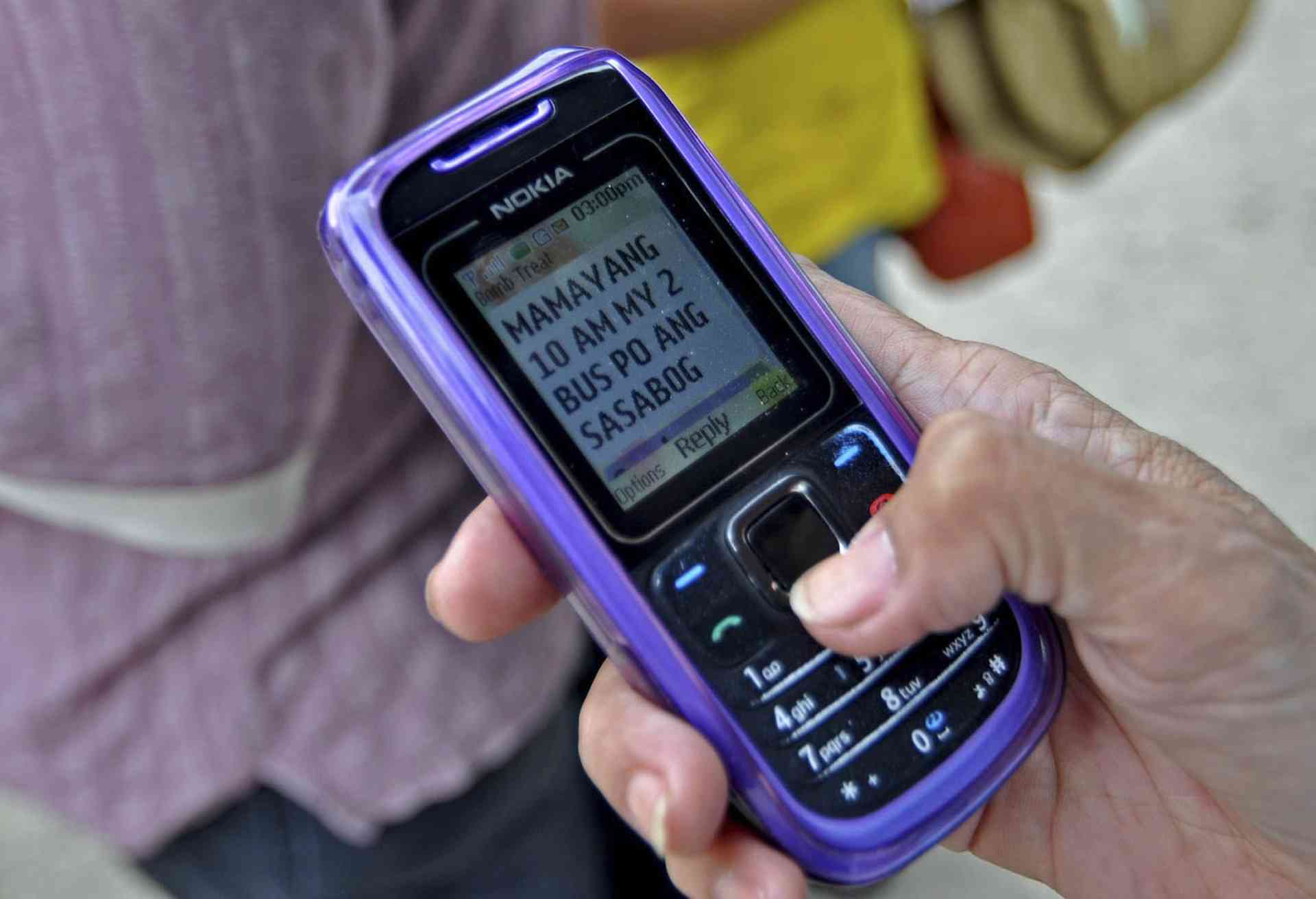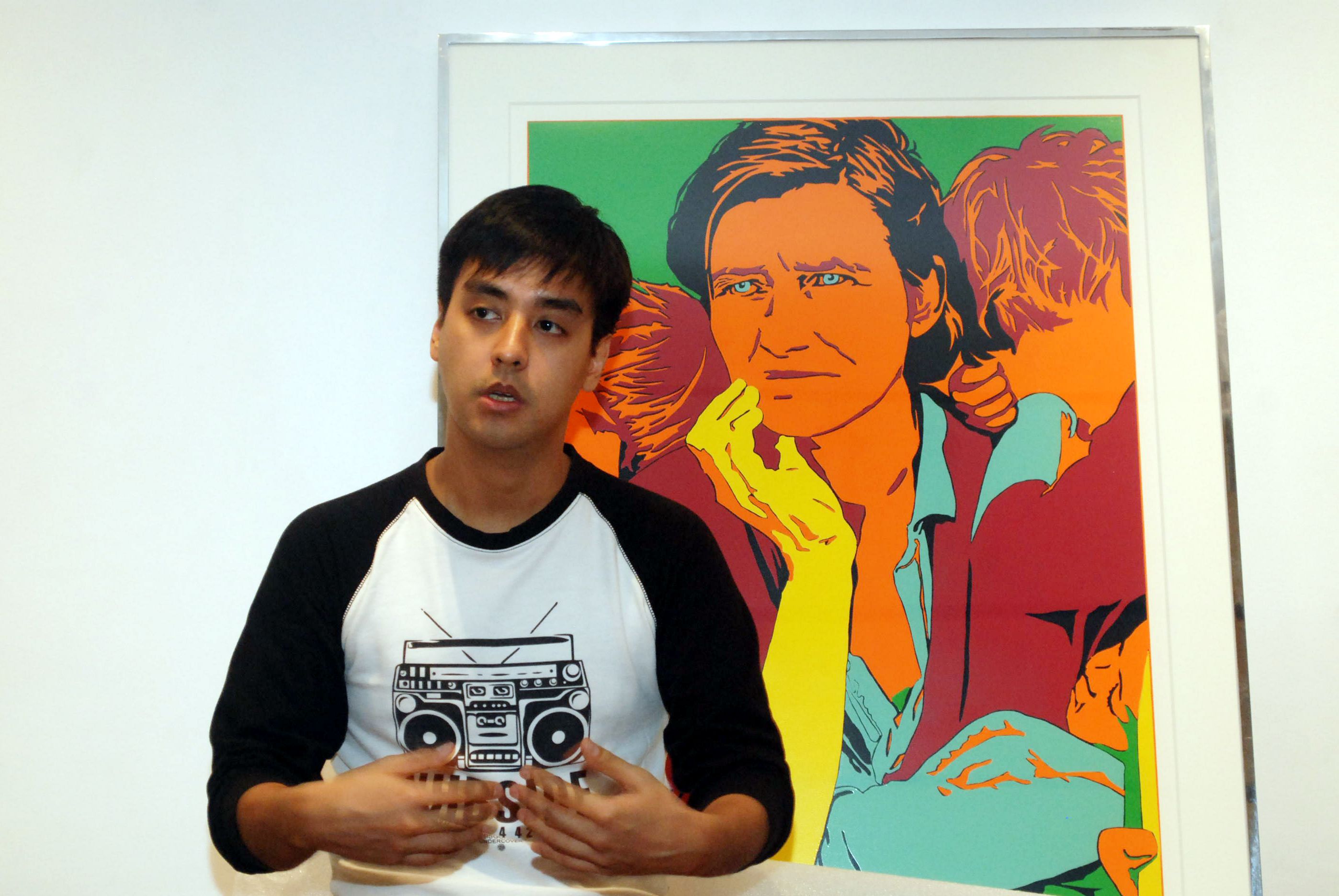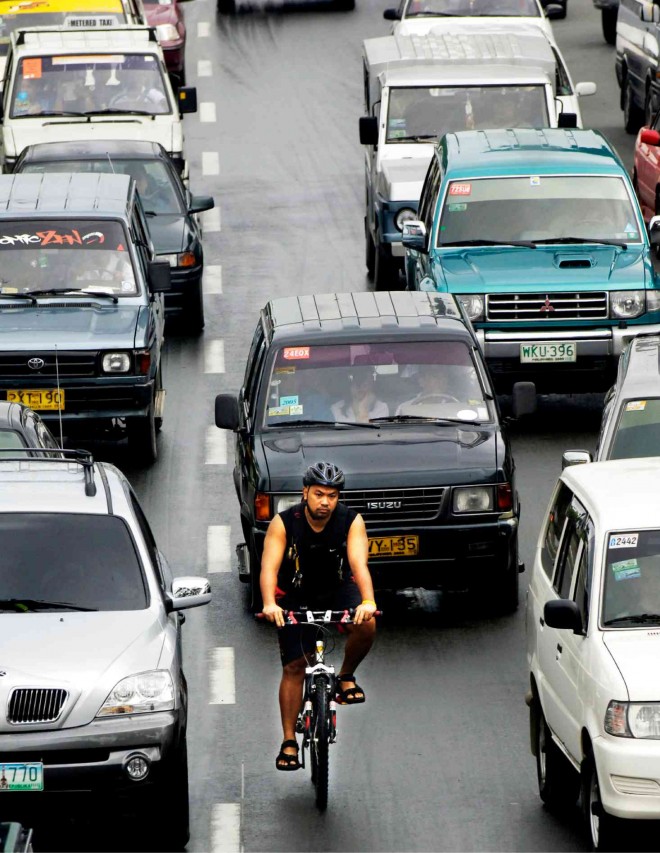
“BE water, my friend.”
The immortal words of Bruce Lee come to mind as I pedal my way through the daily chaos of the city streets.
As I claim my space on the road, jeepneys cut me off to unload or pick up passengers, taxis routinely swerve into my path angling for fares, pedestrians cross heedlessly, pretending they don’t see me. Behind me a bus honks its air horns loudly, trying to dislodge me from my path. All of this is going on simultaneously.
I hear Bruce whisper softly in my ear:
“Be like water making its way through cracks. Do not be assertive, but adjust to the object, and you shall find a way around or through it. If nothing within you stays rigid, outward things will disclose themselves.”
Indeed, there is a flow even in this apparent chaos, and if you can perceive it with an open mind, you can move through the streets unharmed.
Riding a bicycle in Metro Manila is not a form of transport, or exercise, or recreation.
It is more akin to a martial art, because PEOPLE ARE TRYING TO KILL YOU, and it will take all your skill, stamina, a Zen-like state of preternatural awareness and a warrior’s indomitable spirit to make it to your destination in one piece.
Okay, maybe people aren’t really trying to kill you, not intentionally anyway, but make no mistake: to ride a bicycle in the city is to take your life in your own hands, so you’d better know what you’re doing.
Consider this: Traffic is gridlocked, buses are rolling death-traps and the lines for the MRT are longer than the actual trip you’re taking. Gas prices keep rising, air quality is falling and merely getting from one place to another is a huge pain in the ass.
Despite all that, people are starting to take a serious look at the bicycle as an alternative means of transportation. With more and more city dwellers taking up cycling as a form of recreation, and experiencing the bicycle’s energy efficiency first-hand, the idea of applying it to a more utilitarian purpose, i.e., getting to work, or to the mall, or to do the marketing, becomes more and more appealing.
In recent months, the Share the Road Movement, a grassroots movement of cyclists and environmentalists, has begun to lobby the government for a more equitable distribution of road space through the creation of bicycle lanes and walkways so citizens could be less in thrall to motorized transport.
The idea is, if there are dedicated bicycle lanes, more people would be encouraged to ride these two-wheelers instead of bringing cars or taking public transport, thereby reducing traffic and pollution, and creating a more physically fit population. Certain cities such as Marikina already have a system of bicycle lanes, and recently the Metropolitan Manila Development Authority (MMDA) converted a couple of sidewalks along EDSA into bicycle lanes, complete with a bike sharing scheme.
A utopian pipe dream or a sensible alternative? To find out, I decide to conduct a one-day experiment. Within the day, I will use a bicycle to get to work, go to the mall, and carry my stuff home.
The first hurdle: the bicycle.
You may not need bicycle lanes to get to your destination, but you do need a bicycle.
Ideally, a dedicated commuter bicycle, with provisions for locking it up, lighting for nighttime riding, some provisions for carrying stuff like racks and bags, maybe fenders for rain and a tool kit for on the road repairs.
In a pinch, though, any bicycle will do: a mountain bike, a folder, a road racer, even a cheap surplus mama-chari (“mom’s bike,” a Japanese housewife’s errand bike).
Again, Bruce Lee provides some wisdom: “Adapt what is useful, reject what is useless, and add what is specifically your own.”
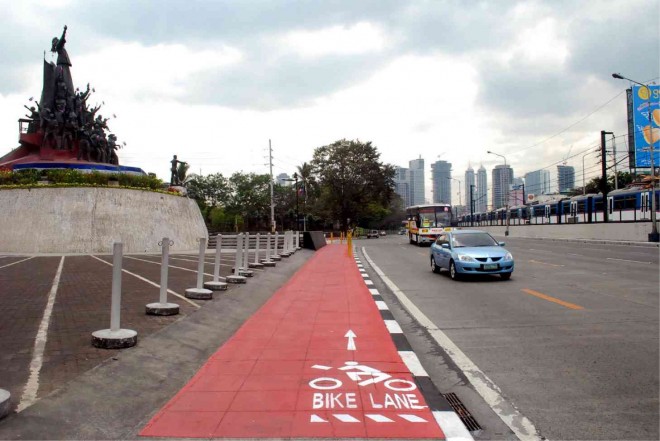
I’m a bit of a bike nut, and I have several, but I choose an old fixed-gear bike for several reasons: it’s easier to navigate city streets because I can regulate speed with my legs and my commute is relatively flat; there are fewer things to break down, and it’s not as attractive to thieves because it has fewer flashy parts—a consideration if you’re going to be locking it out of sight.
For portage, I carry a large shoulder bag. It contains my work clothes and toiletries; a spare tire, pump and a few essential tools; a flasher in case it gets dark on the road, and two locks—a sturdy U-lock and a cable lock for good measure. There’s enough space left in the bag in case I need to haul some groceries home.
Oh, and I wear a helmet.
I live in Quezon City, less than 14 kilometers away from the PDI offices in Makati. With traffic it used to take me an hour to an hour and a half by car to get there, up to three hours a day of commuting time. When I gave up my car and bought a scooter, I immediately cut travel time by half. Will it take any longer by pedal power?
The second hurdle: the road.
In my experience, the biggest obstacle to cycling is the mental block that keeps riders from heading out on the road. There is an inner voice, quite possibly a childhood memory of a parental warning when you were riding your red tricycle: “don’t go out into the street!”
Once more, Bruce to the rescue:
“If you spend too much time thinking about a thing, you’ll never get it done.”
You need to have a mindset of a cyclist, and that is born out of self-confidence that only comes from experience. You have to ride, in order to ride.
The shortest route from my home to work takes me through Shaw Boulevard, six lanes of utter chaos with dozens of intersections and few traffic lights, no bicycle lanes, cars and pedestrians crossing willy-nilly. It’s a daunting obstacle course, and certainly not one I’d recommend for a newbie cyclist. But I see cyclists traversing Shaw everyday, hardcore bike commuters who’ve learned how to safely navigate the route through experience.
I’ve been cycling for over three decades, plenty of time to observe how motorists and pedestrians behave on the road, and have pretty well-defined ideas on how to traverse traffic safely.
Possibly the most useful advice I’ve received on how to ride a bicycle safely on the road came from “Effective Cycling,” a book published in 1977 by bicycle advocate and activist John Forester, which is still in print.
Forester remains a somewhat controversial figure in the alternative transportation world because he has argued consistently against bicycle lanes. Instead he advocates what he calls “vehicular cycling.” His maxim is, “cyclists fare best when they act and are treated as drivers of vehicles.”
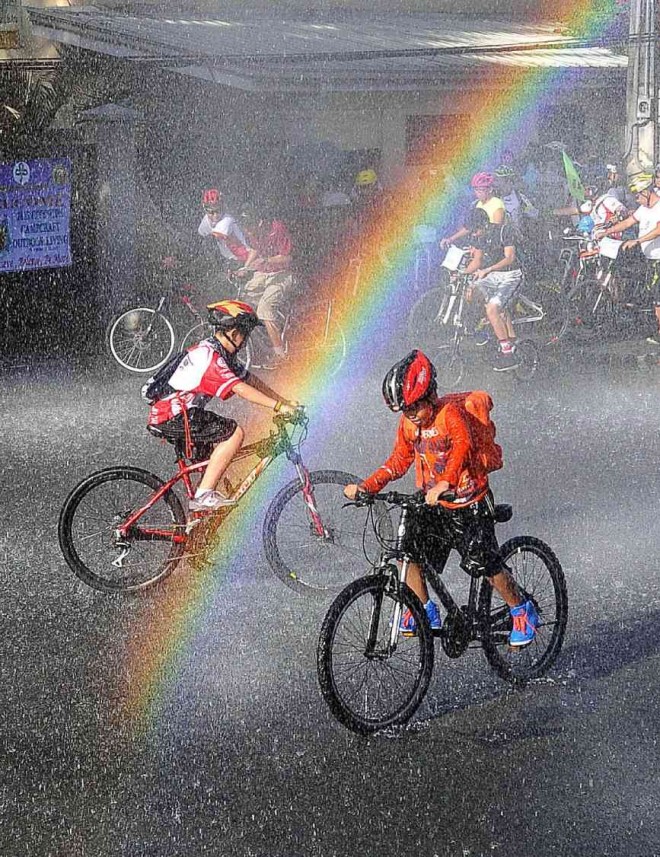
In a nutshell, it means behaving on the road as if you were driving a car: riding a straight line, making left turns from the left lane, avoiding passing on the right. The idea is that motorists are familiar with how other motorists behave in traffic, and react accordingly. If a rider follows the same rules, he reduces the risk of mishaps.
Forester also advises cyclists to take control of their lanes when appropriate, so that motorists are not tempted to squeeze into their space but instead pass them with an appropriate margin of safety.
Of course, this is an oversimplification. Forester formulated his ideas while riding in England, and adapted them to the US. Allowances have to be made for cultural differences. Pinoy motorists routinely ignore traffic rules, and a cyclist has to anticipate how a motorist will behave.
Applying Forester’s rules also assume that the cyclist is strong enough to ride at a brisk pace, with enough reserves to move quickly out of harm’s way when required.
But over time, traffic behavior falls into predictable patterns, and cyclists learn how to adapt accordingly to leave an ample margin of safety.
I’ve learned to navigate the seeming chaos of Shaw Boulevard, adjusting my speed from a comfortable cruise to a relatively fast clip to keep up with the average speed of the traffic.
It takes me well under an hour to get to the office, just a little longer than going by scooter, and considerably faster than going by car.
Which brings us to the next hurdle: infrastructure.
The Inquirer is a relatively bike-friendly workplace. There is secure parking for employees’ bicycles, and shower facilities that allow you to change from your sweaty, smelly cycling gear into appropriate office attire.
This goes a long way toward encouraging more employees to bike to work.
Not all workplaces are as friendly, and cycling advocates need to increase the awareness not just of local governments, but private sector employers, not to mention retail outlets, so that secure bicycle parking facilities are incorporated into their infrastructure.
Having worked up an appetite from all that mileage, I head home from work, intending to make a stop at a mall for a bite and a bit of shopping.
Big shock: Not all malls have appropriate parking facilities for bicycles. In fact, the social networks were recently set abuzz when a popular blogger, who cycled to a well-known restaurant for lunch, locked his bicycle outside. Security guards actually handcuffed his bicycle, sending him into an apoplectic fit and a barrage of enraged missives to the social networks from his iPad.
Cycling for transport is still in its infancy in this country, proof of which is the attitude still prevalent among retailers (and their security staff) that bicycles are a nuisance and an eyesore, rather than a boon to their trade.
In any case, over the years I’ve learned which malls have good bike parking and which don’t. I routinely choose one that has fixed bicycle racks close to the guarded parking area, where I can lock my bike.
Even then, I heed the advice of the Mullah Nasrudin: trust Allah, but tie your camel first.
I lock my bike to a fixed steel bicycle rack with a sturdy U-lock. For good measure, I also use a cable lock to secure the wheels, even though there are roaming security guards in the area. Better safe than sorry, and I’ve heard enough horror stories from cyclists who have had their bikes stolen even from seemingly secure parking areas.
Having refueled my engine, I head home after a bit of shopping. I buy just enough that I can comfortably carry in my shoulder bag. I could have done the marketing for several days if I had a bike suitably set up to carry loads, and I know quite a few cyclists who do this. But part of the bicycle’s appeal is its convenience—you can zip to the store, buy what you need, and zip back home. Not every trip needs to be an expedition.
With the sun going down, I clip a red blinker to my seat, and a white one to the handlebar.
On a bicycle, it is critical that other road users see you, hence the need for lights.
When I get home, I tally the day’s results:
On the minus side… well, I could have been flattened by a jeep.
Most motorists still have the attitude that the roads belong to them. We have, unfortunately, adopted the American car-centric view that bicyles are for sports or leisure, not daily transport, and cyclists are still treated as third-class citizens on the road (after motorcyclists).
It’s going to take a major attitude shift among motorists before they agree to share the road with cyclists, and it’s going to take a while before critical mass is reached.
In the meantime, it’s up to cyclists to do the road-sharing, i.e., to get out there and claim their rightful space.
On the plus side, I got to work and back in one piece, with a minimum of expenditure. And I managed to do my cardio, and the day’s shopping, in the process.
I did not experience a single moment of road rage, because I was not trapped helplessly in a metal box immobile in gridlock.
On the contrary, there were several moments of pure exhilaration as I zipped effortlessly through gaps in the traffic, powered only by my own legs, my blood pumping endorphins to my brain for a natural high.
There were also a few moments of smug self satisfaction as I watched the poor souls stuck in traffic, or waiting helplessly on the sidewalk as packed jeepneys passed them by, or saw the look of abject fear in bus passengers’ eyes as they careened through EDSA.
“Hey, man,” I thought to myself, “get a bike!” •

